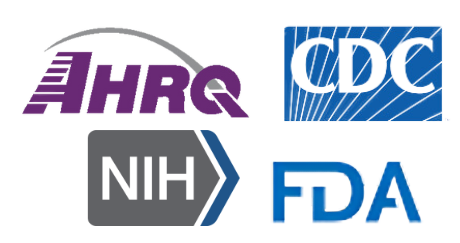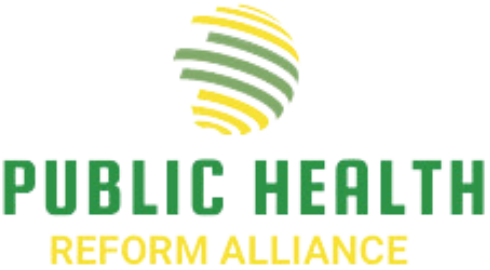Who’s Who in Public Health

Robert F. Kennedy JR.
HHS Secretary
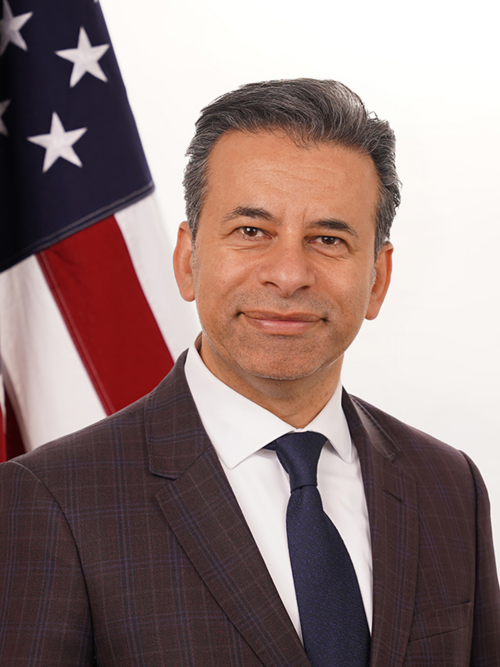
Dr. Martin Makary
FDA Commissioner
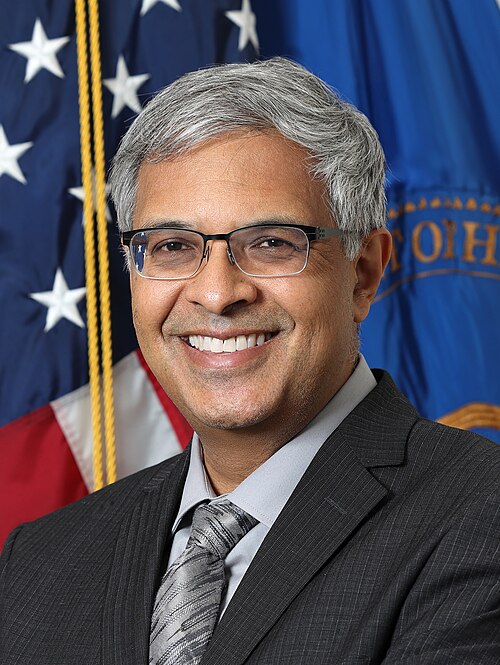
Jay Bhattacharya
NIH Director
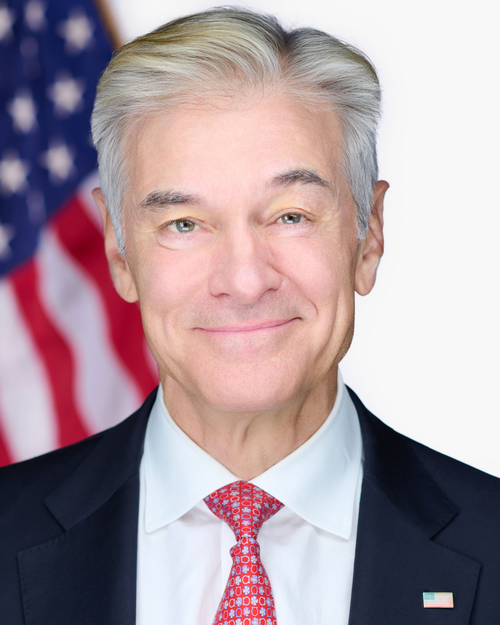
Dr. Mehmet Oz
Administrator of CMS
Much of the federal public health bureaucracy is contained within the Department of Health and Human Services (HHS) and its component agencies. The Department of Veterans Affairs provides health care and benefits for veterans of the nation’s armed services.
A variety of components within HHS manage, implement, operate, and oversee the aspects of the public health bureaucracy. These include the Agency for Healthcare Research and Quality (AHRQ), Agency for Toxic Substances and Disease Registry (ATSDR), Administration for Strategic Preparedness and Response (ASPR), Centers for Disease Control (CDC), National Institutes for Health (NIH) and its National Institute of Allergy and Infectious Diseases (NIAID), Health Resources and Services Administration (HRSA), Centers for Medicare and Medicaid Services (CMS), Food and Drug Administration (FDA), and Surgeon General’s Office.

The activities of these HHS offices, divisions, and components generally fall into three areas: Guidance, Regulation, and Enforcement; Insurance and Care; and Research and Development.


